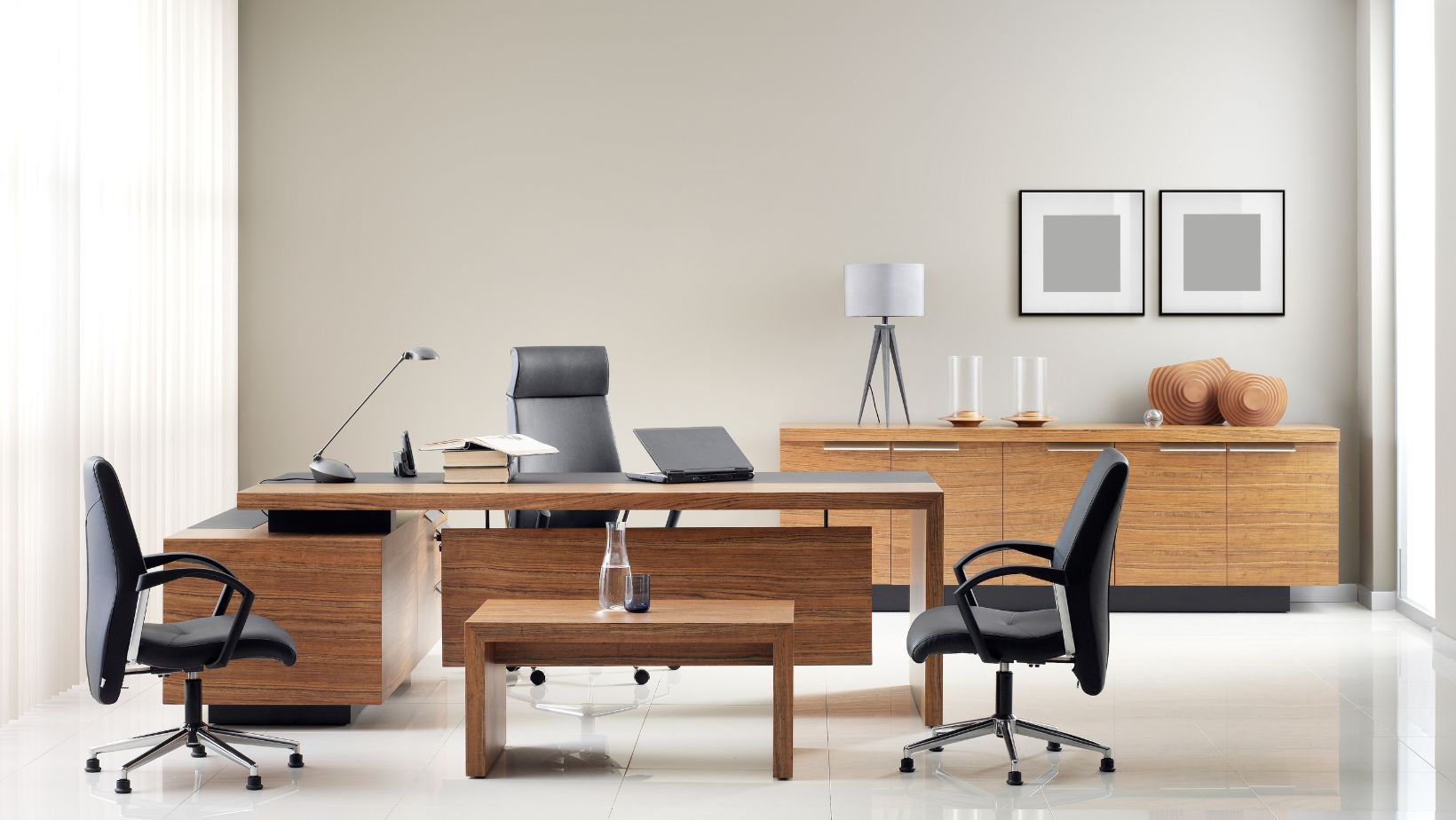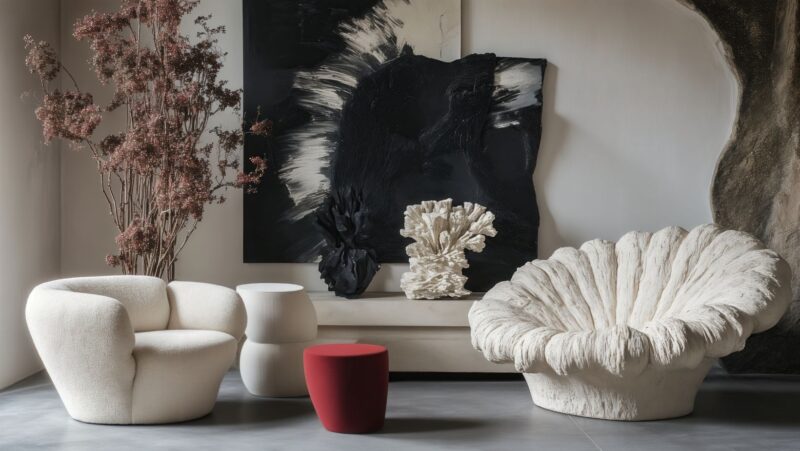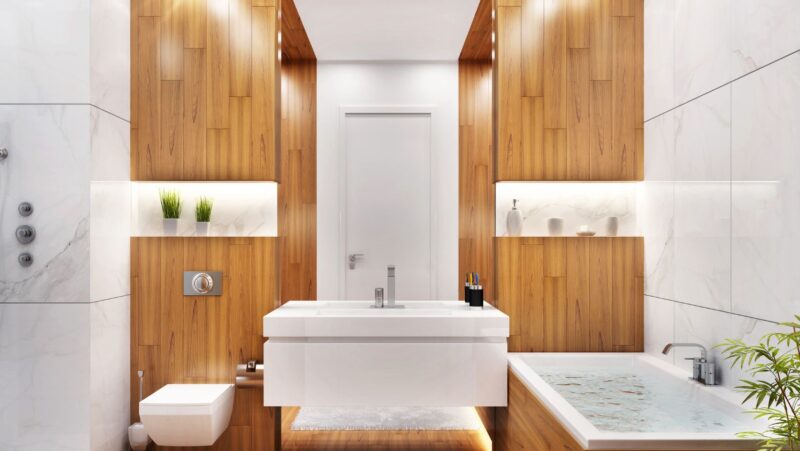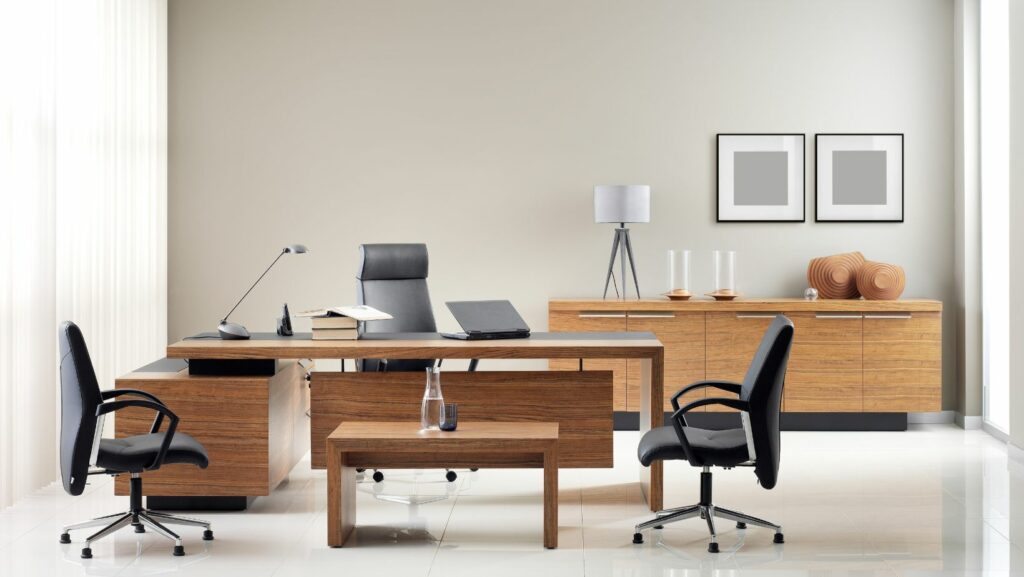
In the ever-evolving landscape of modern workplaces, strategic space planning has become a critical aspect of optimizing efficiency and productivity. One of the key elements in this strategic equation is the careful selection of office furniture and office chairs. Beyond mere aesthetics, the right choice of furniture can significantly impact the functionality and utilization of available space. In this article, we explore how strategic space planning and appropriate office furniture can create an environment that maximizes efficiency and supports the diverse needs of today’s dynamic workforce.
Understanding Strategic Space Planning:
Strategic space planning involves deliberately organizing and arranging the physical workspace to achieve specific objectives. This process considers the workflow, employee collaboration, and the organization’s overall goals. Office furniture is pivotal in this strategy, influencing how space is utilized and employees interact.
Flexible and Modular Furniture:
One of the cornerstones of strategic space planning is the integration of flexible and modular furniture solutions. These adaptable pieces can be easily reconfigured to accommodate changing needs and layouts. Desks with modular components, mobile storage units, and flexible seating arrangements empower organizations to create agile workspaces that can evolve with the demands of different tasks and projects.
Multi-Functional Workstations:
To maximize efficiency, consider multi-functional workstations that serve multiple purposes. Reception Desks with built-in storage, adjustable heights, and integrated technology support a variety of tasks. This approach reduces the need for excess furniture, creating a streamlined and purposeful workspace that caters to diverse work activities.
Collaborative Spaces with Versatile Seating:
Strategic space planning recognizes the importance of collaboration in the modern workplace. Designate collaborative spaces with versatile seating options such as modular sofas, lounge chairs, and communal tables. These areas promote teamwork, creativity, and spontaneous interactions among employees.
Ergonomic Considerations:
Employee well-being is a crucial factor in efficient space planning. Choose ergonomic office furniture that supports the health and comfort of employees. Ergonomic chairs, adjustable desks, and proper lighting contribute to a workspace that prioritizes the physical well-being of the workforce, enhancing overall productivity.
Storage Solutions that Optimize Vertical Space:
Efficient use of space involves intelligent storage solutions that optimize horizontal and vertical dimensions. 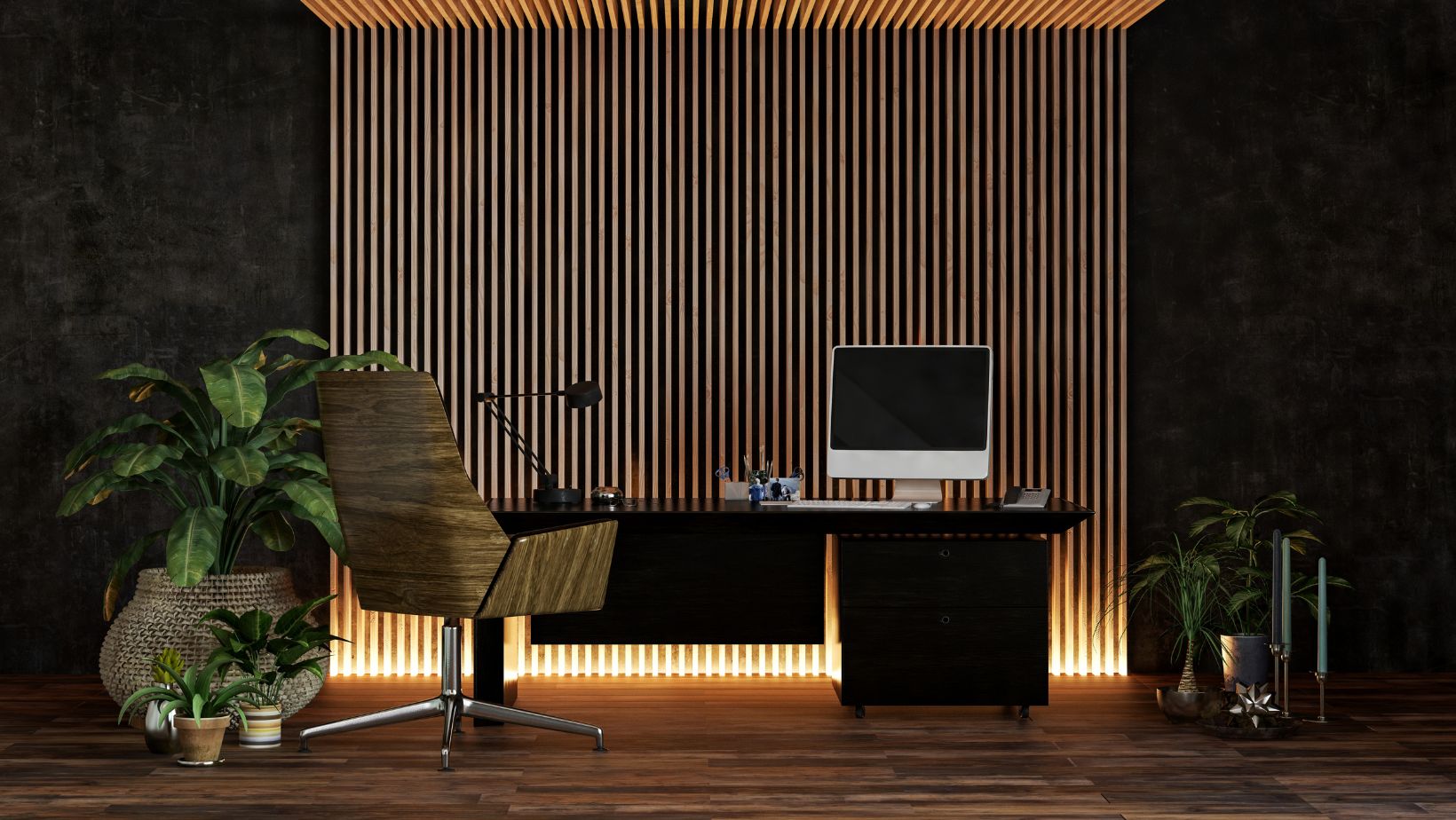
Technology Integration for Seamless Connectivity:
In the digital transformation era, strategic space planning involves seamless technology integration. Choose office furniture that supports connectivity, such as desks with built-in power outlets, cable management solutions, and technology-friendly workstations. This integration ensures a smooth and efficient work experience for employees.
Adaptable Conference Rooms and Meeting Spaces:
Conference rooms and meeting spaces are integral components of office design. Furnish these areas with adaptable furniture that can be rearranged to accommodate different meeting formats. Mobile conference tables, modular seating, and interactive display options contribute to the flexibility of these spaces.
Private and Focus Work Areas:
Recognizing the need for focused work, strategic space planning allocates areas for private and individual tasks. Provide furniture solutions that cater to focused work, such as soundproof booths, private workstations, or enclosed pods. These spaces offer employees the option to retreat for concentrated efforts when necessary.
Branding and Aesthetic Cohesion:
The selection of office furniture contributes to the overall aesthetic and branding of the workspace. Choose furniture that aligns with the company’s visual identity and creates a cohesive design throughout the office. A well-branded and aesthetically pleasing environment enhances employee satisfaction and reinforces a sense of belonging.
Employee Input and Collaboration:
Involve employees in the space planning process to gather insights into their preferences and needs. Encourage collaboration through workshops or surveys to understand how different departments work and interact. This collaborative approach ensures that the chosen furniture solutions align with the actual requirements of the workforce.
Consideration for Growth and Flexibility:
Strategic space planning should account for future growth and changes in the organization. Choose office furniture with scalability in mind. Modular and easily expandable solutions allow for seamless adjustments as the workforce expands or the nature of work evolves.
Sustainable and Green Furniture Choices:
Embrace sustainability in space planning by choosing eco-friendly office furniture. Sustainable choices, such as furniture made from recycled materials or those with certifications for environmental responsibility, align with corporate responsibility goals and contribute to a greener workplace.
Employee Well-Being Zones:
Create designated well-being zones within the office, furnished with comfortable seating, greenery, and natural light. These zones serve as retreats for employees to recharge and relax, contributing to their overall well-being and maintaining a healthy work-life balance.
Conclusion:
Strategic space planning and the right office furniture choices form the foundation for a workplace that maximizes efficiency, promotes collaboration, and supports employee well-being. From flexible workstations and adaptable meeting spaces to ergonomic considerations and sustainable furniture choices, every decision contributes to the overall functionality and success of the workspace.